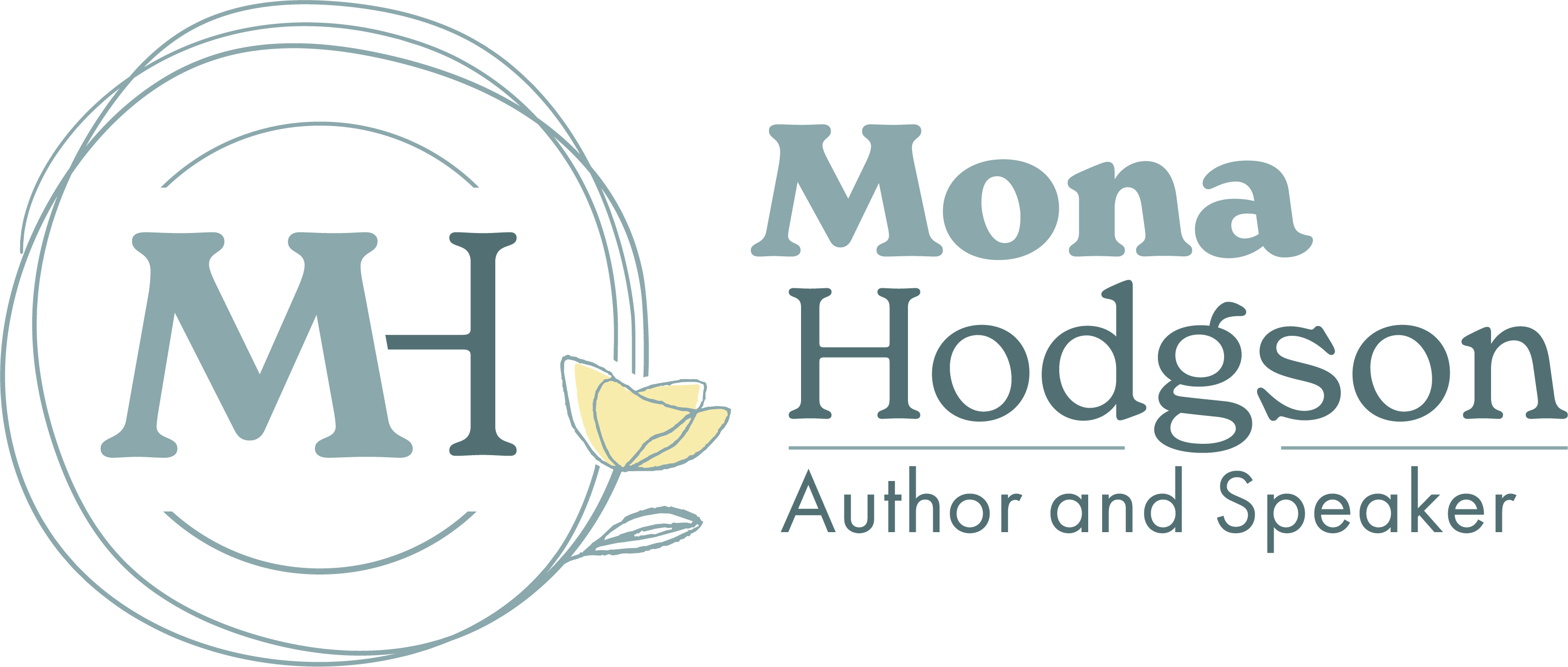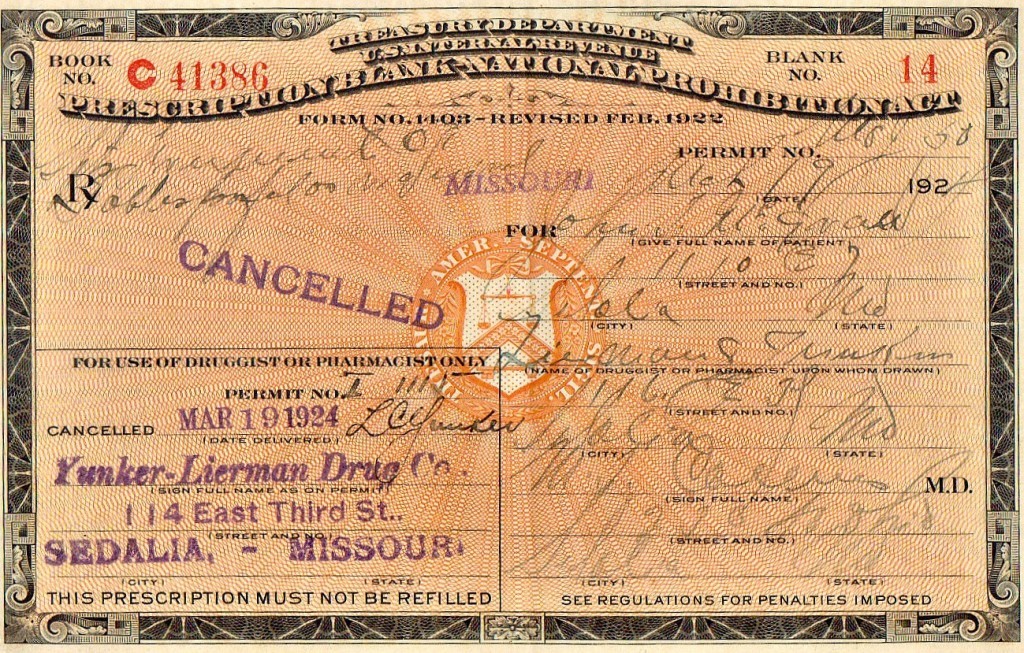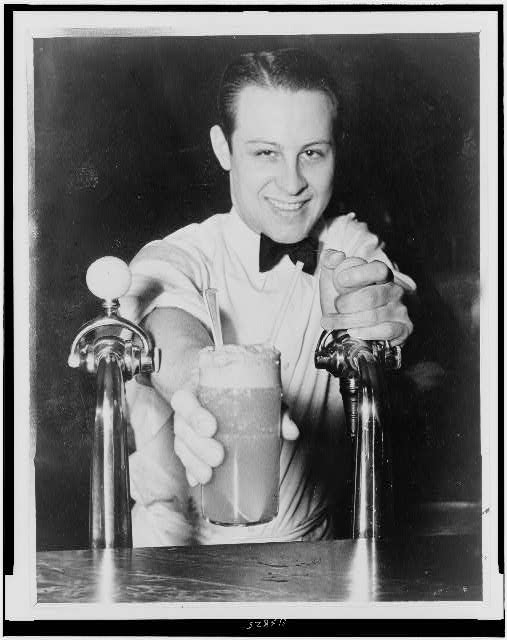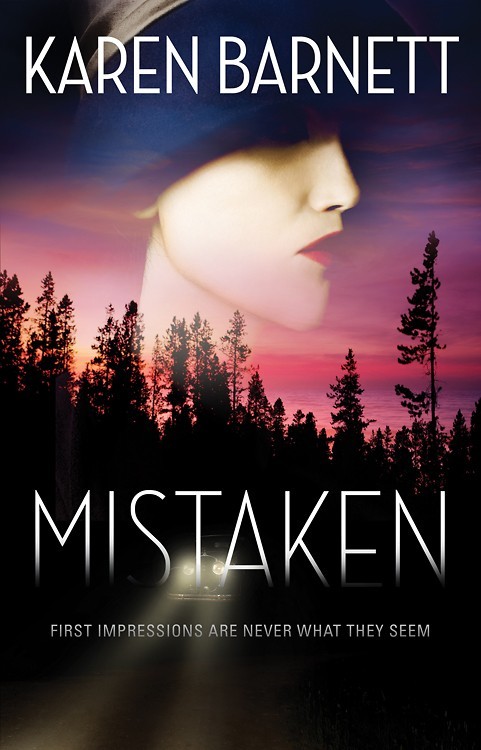While researching the 1920s for Mistaken, I was intrigued by the growing importance of the local pharmacy. When the neighborhood bars closed because of Prohibition, many people turned to the corner drugstore/soda fountain as the new gathering place, trading “hard” liquor for “soft” drinks—at least until the speakeasy opened.
The corner drugstore seemed like the perfect place for my characters to spend time. Four features made 1920s drugstores unique to the era.
Compounding prescriptions: In the 1920s, pharmacists were just beginning to order manufactured medications, but most prescriptions were still prepared by hand. It took careful precision to measure the ingredients and blend them into the proper formulas. Each pharmacy had its own methods, so potency, quality, and dosing varied.
Medicinal alcohol: During Prohibition, pharmacists were still allowed to dispense alcohol for medicinal purposes. Prescriptions were written on special government-issued pads, and there were strict rules regarding the amount each patient could be allotted. Even with the regulations, many pharmacists made extra money on the side by doctoring the books and selling additional (ahem) doses.
Show Globes: Show globes were the universal symbol for pharmacies up through the early 20th century. These beautiful glass vessels, either suspended or freestanding, were filled with brilliantly colored liquids mixed from chemicals kept in the shop. Preparing the solutions took practice, and pharmacists often guarded their favorite recipes. There are many tall tales of show globes being used to warn town visitors about quarantines, but most historians believe the luminous colors were simply a way of touting an apothecary’s skills.
Soda Fountain: One of the best parts of researching 1920s drugstores for Mistaken involved soda fountains. In order to realistically describe a soda fountain and the various drinks, I needed to do first-hand study. A friend and I made a pilgrimage up to Fairley’s Pharmacy in Portland, Oregon, and spent an afternoon quizzing the soda jerk and tasting various bubbly concoctions. In a few hours, we consumed everything from egg creams (which don’t contain eggs or ice cream!), cherry phosphates, black cows, strawberry ice cream sodas, and green rivers. Oh, research is sweet!
The corner drugstore was a popular feature in towns up through the 1950s. As drug companies streamlined the production of manufactured medications, and soda companies began bottling their fizzy drinks, the need for the drugstore/soda fountain combination faded. A few managed to survive, becoming lunch counters and coffee shops. Today, if you happen into a soda fountain, you’re just as likely to find espressos and lattes on the menu as strawberry sodas and root beer floats. If you find one of those places, take a seat on the cherry-red stool. It might bring back a sweet memory, indeed.
Are you a fan of old fashioned sodas? Which variety would you choose–strawberry soda, root beer float, egg cream, or black cow?
Congratulations to Lois Hudson, who won the signed copy of Karen Barnett’s debut novel, MISTAKEN. Thanks, Karen!
Watch the book trailer for MISTAKEN! If you love the sights and sounds of the ocean as I do, you’ll want to check out this book trailer.

![SodaSip[1]](https://www.monahodgson.com/wp-content/uploads/2013/07/sodasip1.jpg)



![SodaSip[1]](https://www.monahodgson.com//wp-content/uploads/2013/07/sodasip1.jpg?w=215)
